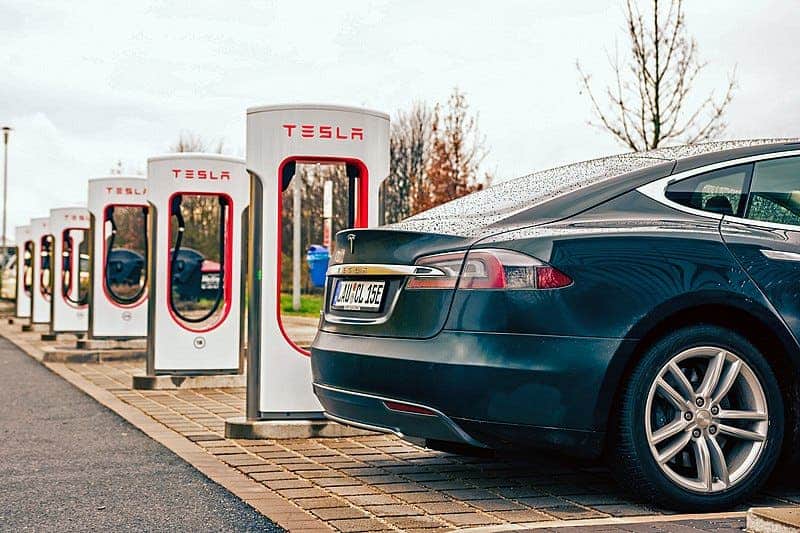
Tesla’s electric vehicles are designed to last a very long time. That’s because Elon Musk wants to, at some point, launch a huge fleet of autonomous taxis, and the economics of this venture only make sense if each car can operate for hundreds of thousands of miles, preferably around a million.
While the other parts are already up to the task, the lithium-ion batteries are rated for only 300,000 miles (480,000 km).
However, Tesla researchers say that they’ve now completed tests showing the new battery pack they’re working on could last for up to a million miles (1.6 million km) or 20 years of operation if used for energy storage in a home or by a utility. That’s two to three times longer than current commercially available battery packs offered by Tesla.
The new battery is based on a next-generation single-crystal nickel-manganese-cobalt (NMC) cathode, as well as a new electrolyte.
Tesla researchers led by Jeff Dahn tested the new technology for the last three years, including “long-term charge-discharge cycling at 20, 40 and 55°C, long-term storage at 20, 40 and 55°C, and high precision coulometry at 40°C,” according to their new study published in the Journal of The Electrochemical Society.
Even at 40°C, which is pretty extreme, the cells lasted for about 4,000 charge-discharge cycles. If an active cooling system is added, which is already present in Tesla’s battery pack, then the cells can last up to 6,000 cycles or roughly 1 million miles.
“This situation may change with the proposed introduction of “robo taxis”, long haul electric trucks and vehicle-to-grid applications. In the former, vehicles will be driving all day, much like a conventional taxi and undergoing nearly 100% DOD cycling. Long haul trucks will almost certainly run in near 100% DOD situations,” the researchers wrote, describing the enormous potential their improved battery life could have on transportation.
Tesla not only builds its own cars but also its own batteries via Gigafactories. Having top-down control over the supply chain means that Tesla is at an economic advantage over the competition that could enable it to control a fleet of thousands of autonomous Tesla taxis around the world.
Imagine a fleet of around the clock Ubers that only stops to charge, making trips and deliveries. Tesla owners would also be able to send their cars off to make money for them when they’re not using them, when they’re sleeping or away on vacation, for example. I don’t know about you, but this all sounds like the future — I like it!









